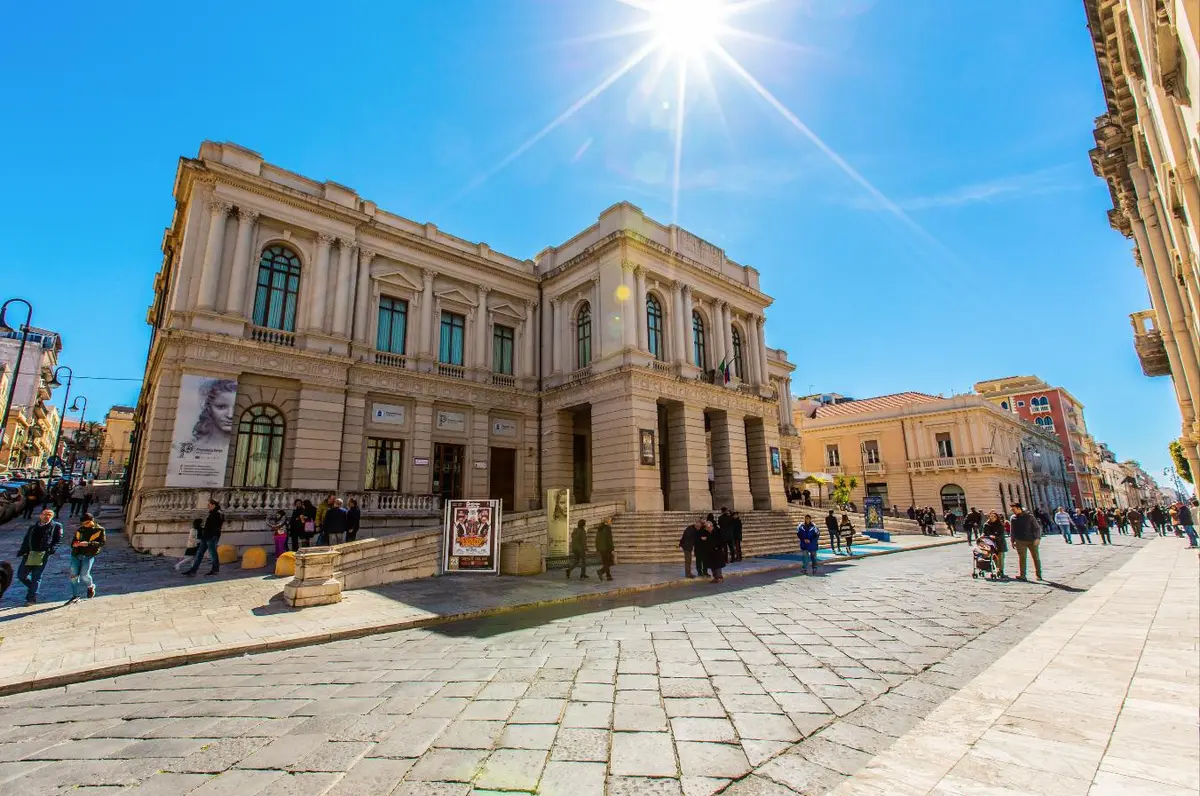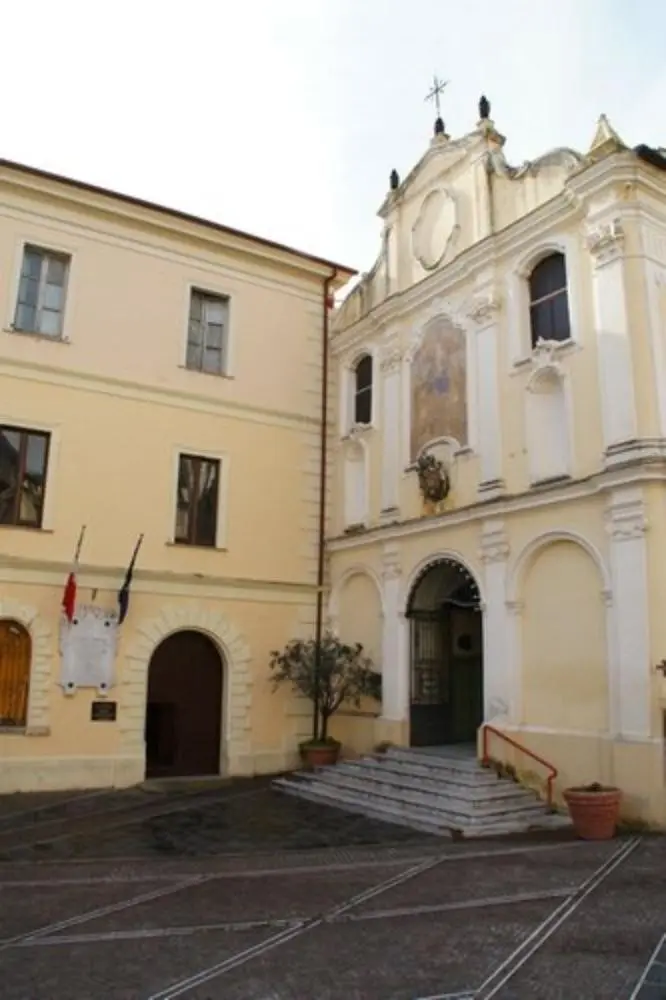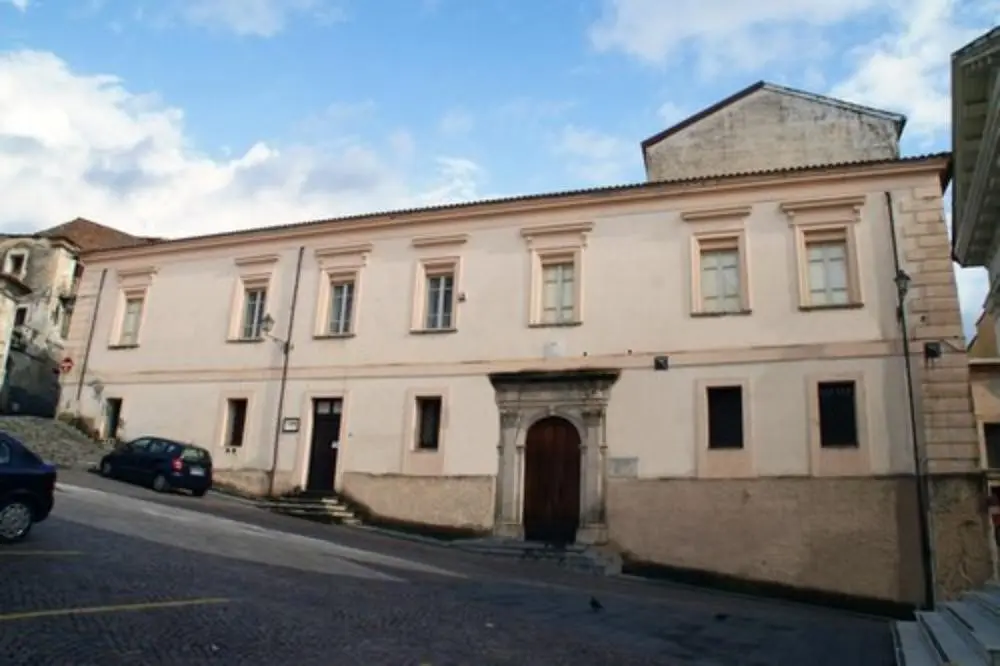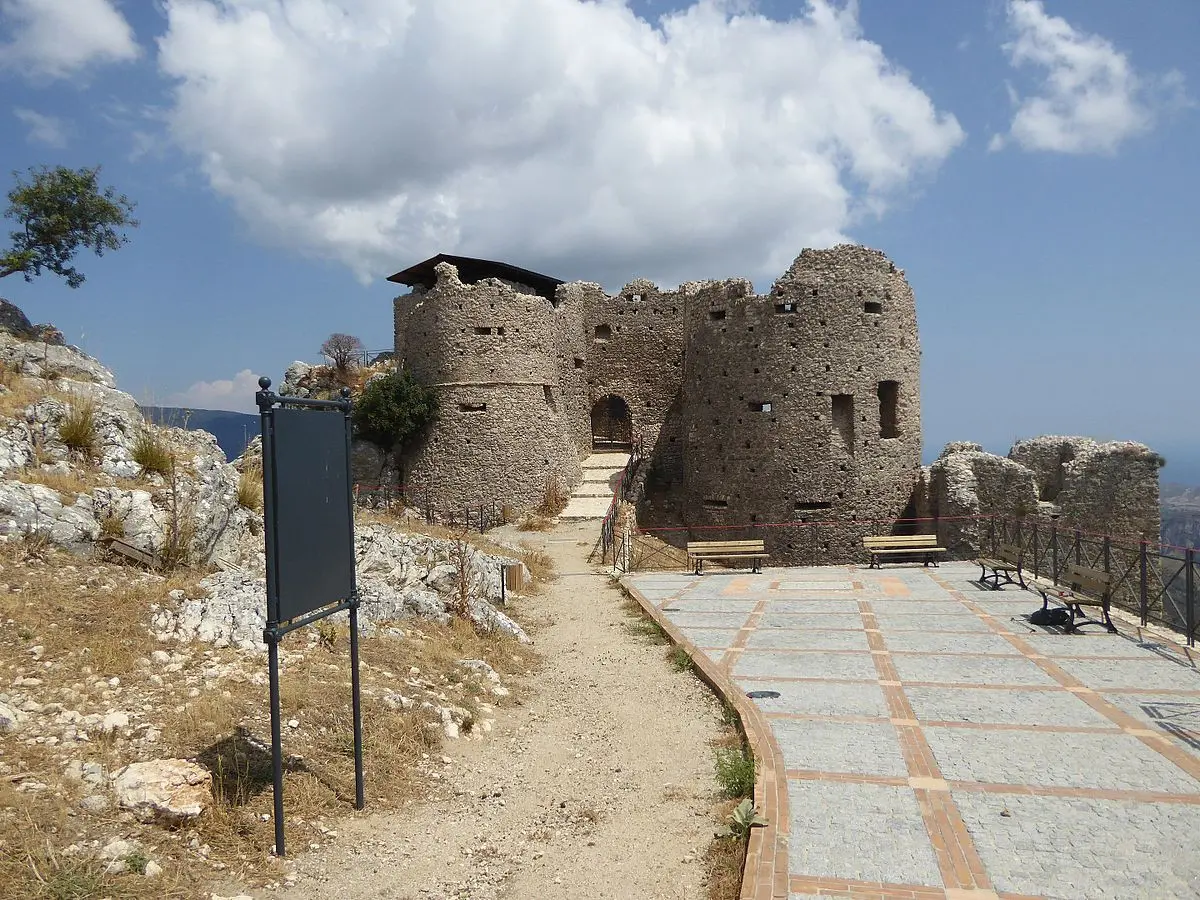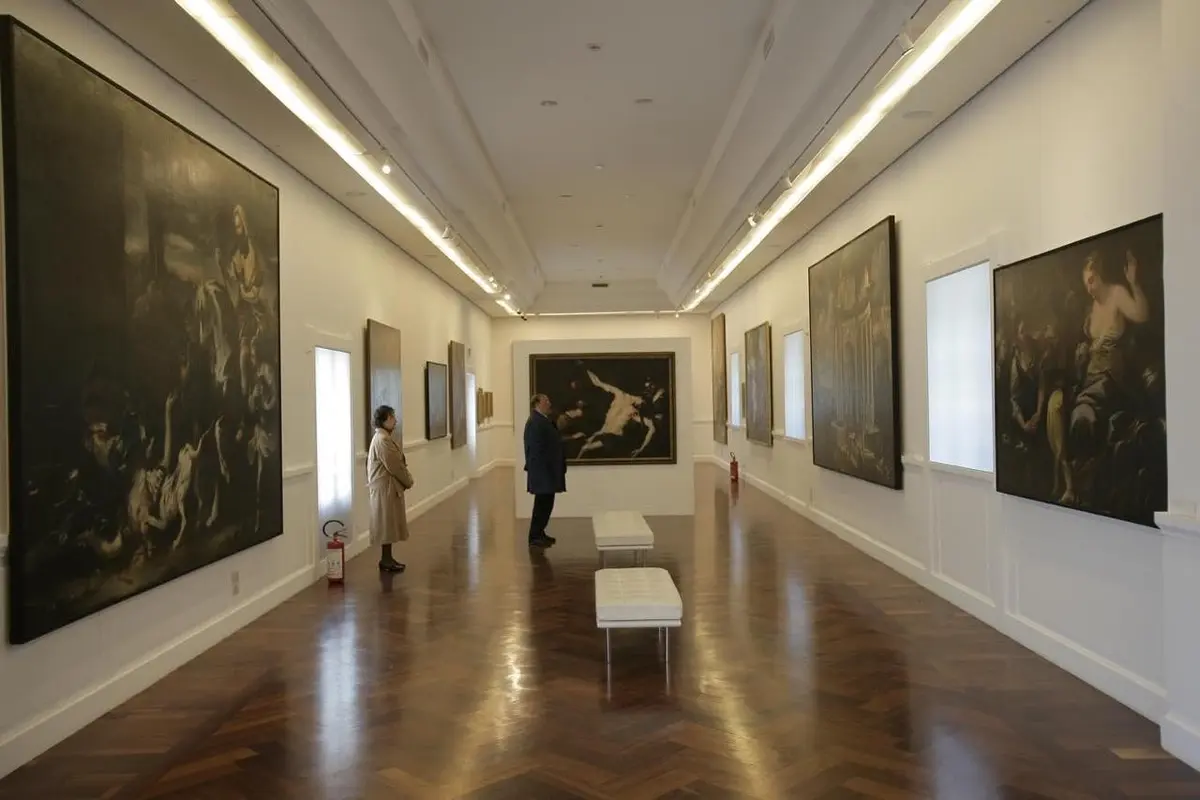In the footsteps of Tommaso Campanella in Calabria
Journey from the City of the Sun to the Cosentina Academy

Art and Culture
Regione Calabria
Theologian, philosopher, poet and Dominican friar, Tommaso Campanella is one of the leading figures on the international cultural and spiritual scene of the modern era, author of the famous utopian tale The City of the Sun, composed in prison and inspired by a society of equality.
Despite his imprisonment, Tommaso Campanella marked with his passage some Calabrian localities where his presence can still be appreciated.
Tommaso Campanella and Calabria
Born in the village of Stilo in 1568 and died in Paris in 1639, Tommaso Campanella, born Giovan Domenico Campanella, was tried by the Holy Inquisition and sentenced to house arrest for two years before receiving a final sentence of twenty-seven years in prison on charges of conspiring against the Spanish rulers in Calabria.
His father, a poor and illiterate cobbler, moved with his family to nearby Stignano and sent young Giovan Domenico to a brother who lived in Naples, where he was able to study with the Dominican friars.
Returning to Calabria, he spent his novitiate in the Convent of Placanica (RC) and took his vows at the age of fifteen at the Convent of San Giorgio Morgeto (RC), taking the name Tommaso, in honour of St Thomas Aquinas. He continued his high school studies in Nicastro (Lamezia Terme) and completed them in Cosenza, studying theology.
The philosopher Bernardino Telesio's De rerum natura iuxta propria principia was for Campanella a revelation and a constant link with the city of Cosenza and his teacher.
Itinerary through the places of Campanella
A journey in the footsteps of Tommaso Campanella inevitably starts from Stilo, among The Most Beautiful Villages in Italy, in the province of Reggio Calabria.
"I am from a land called Stilo in Calabria Ultra, my father is called Geronimo Campanella and my mother Caterina Basile".
Thus the philosopher to the judge Antonio Peri who interrogated him in prison in 1599.
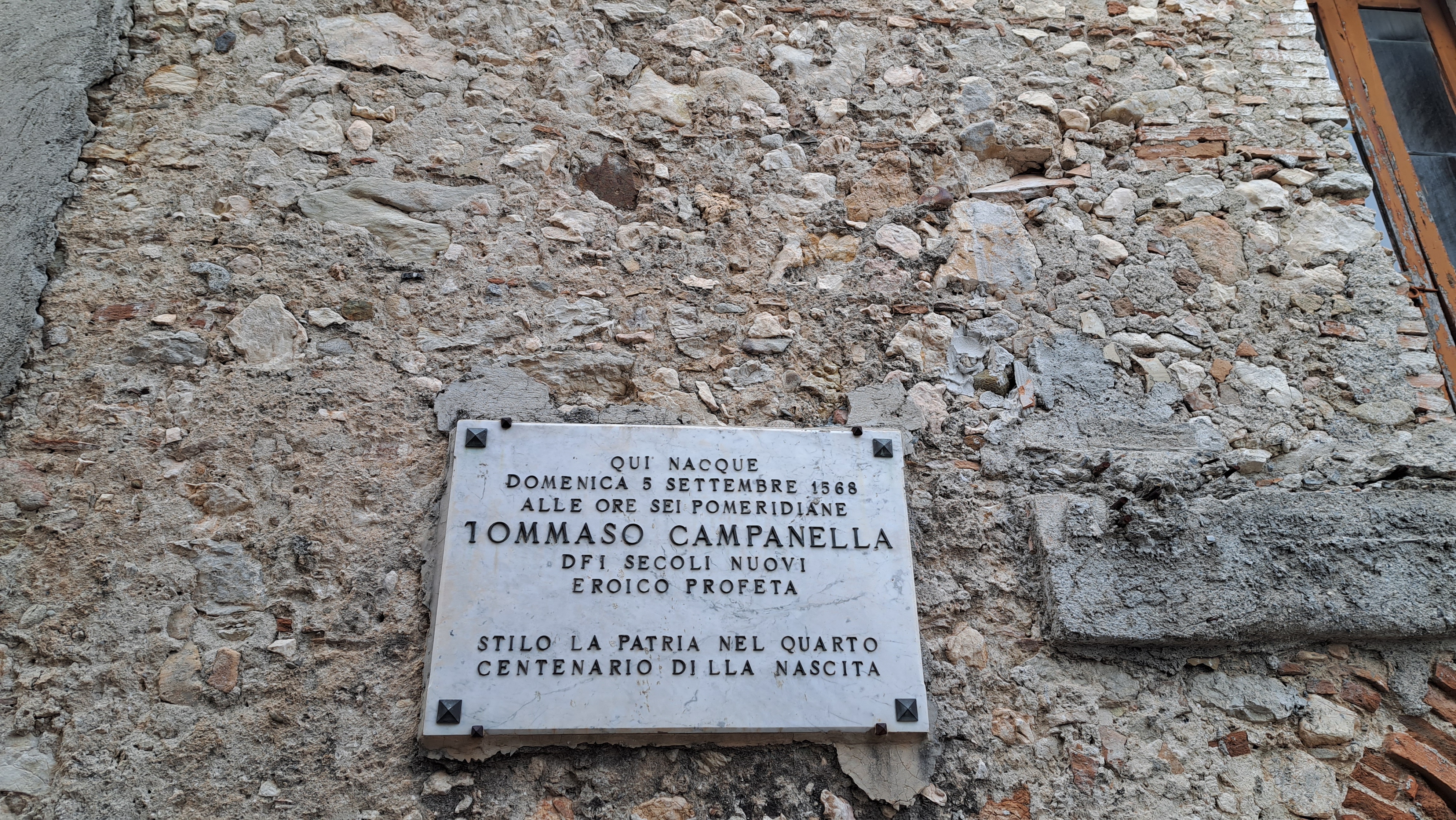
The "land called Stilo" is one of the most evocative medieval villages in Calabria.
It stands at the foot of Mount Consolino and it dominates the Stilaro Valley, a river valley dotted with ancient hermitic cells and caves inhabited by Greek-Byzantine monks.
The Byzantine building par excellence, among the iconic symbols of Calabria, is the famous Cattolica di Stilo, a small 10th-century jewel set into the rock, with its characteristic oriental domes. The interior features precious frescoes and columns reused from earlier buildings.
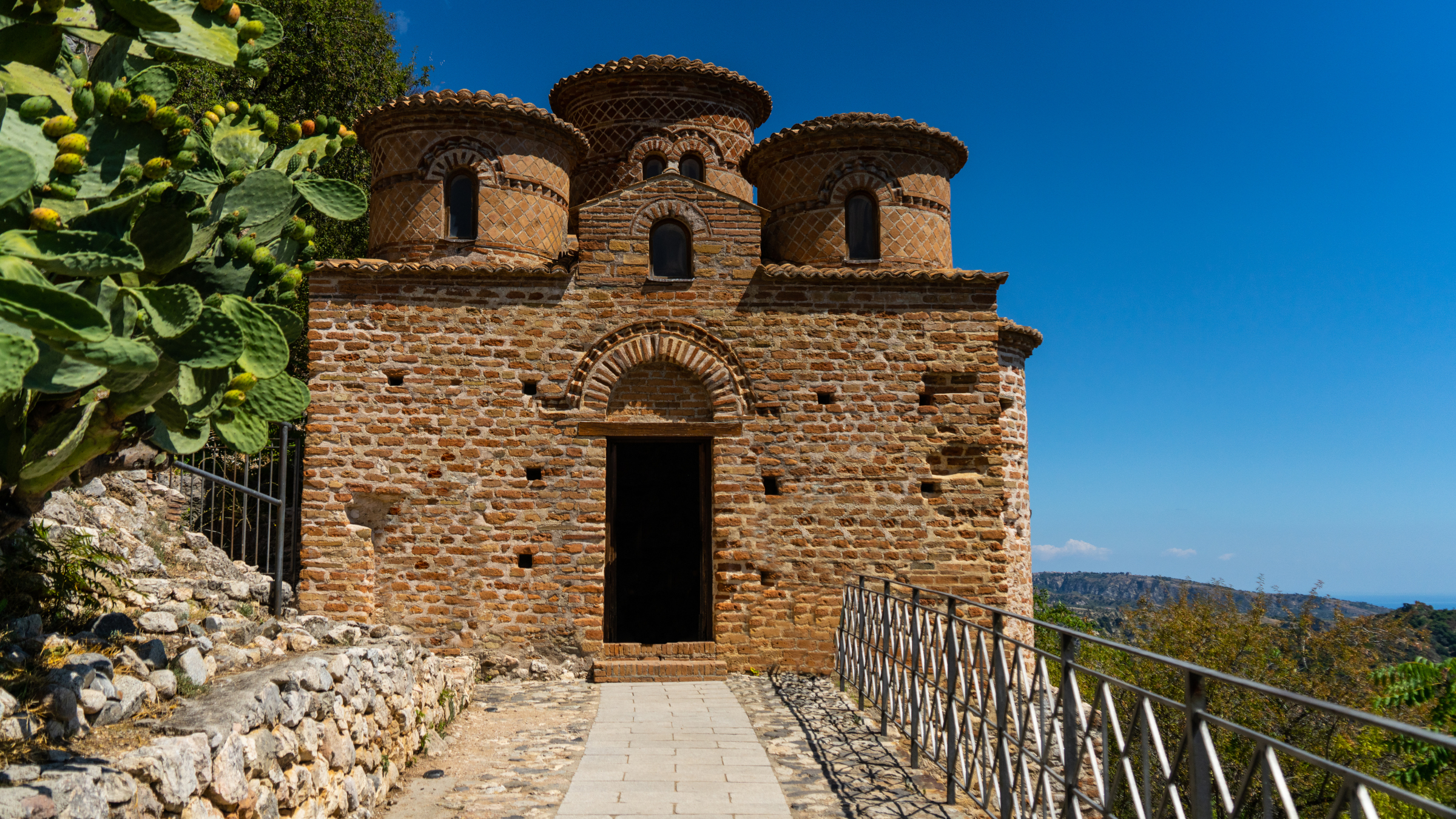
In the centre of Stilo's main square stands the Monument to Tommaso Campanella, which depicts the philosopher in his typical pensive pose. Among the places most closely linked to the figure of Campanella as a monk is the Convent of San Domenico, where it is possible to visit his personal cell.
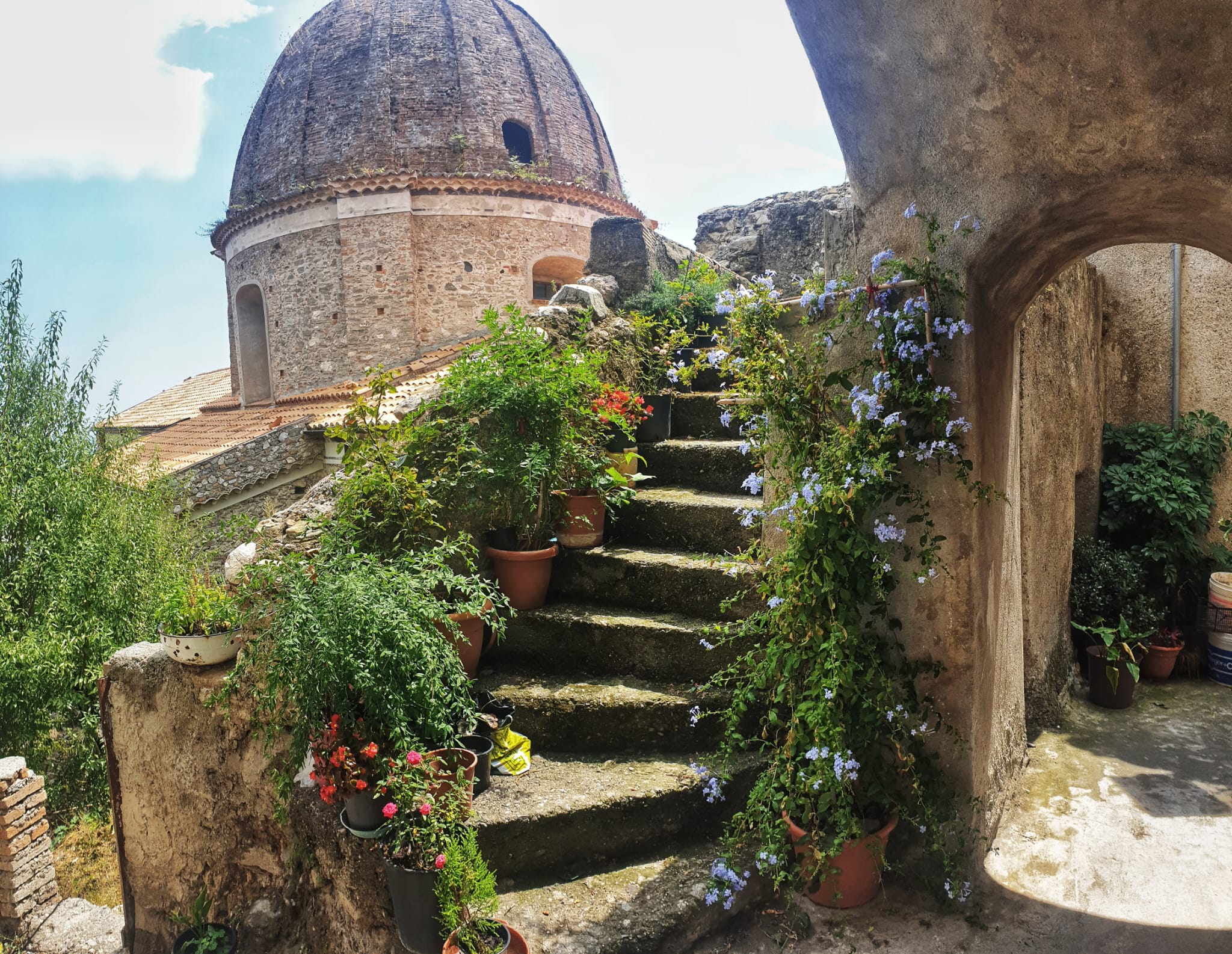
Following the troubled vicissitudes of the Dominican friar and the numerous trials that saw him under indictment, the itinerary in the footsteps of Tommaso Campanella touches on other Calabrian localities: the nearby town of Stignano (RC), the place of his early childhood where you can visit the Campanella house; the Dominican Convent in Placanica (RC); the historical centre of Lamezia Terme (CZ), ancient Nicastro, where the philosopher spent several seasons studying and left precious texts now preserved in the Casa del Libro Antico.
Finally, Cosenza and the places that saw Tommaso Campanella train alongside his beloved teacher, Bernardino Telesio, whose history can be retraced in the archives of the Cosentina Academy.
Except for a brief interlude in the Dominican Convent of Altomonte (CS), where he was relegated for "intemperance", the philosopher spent a few years travelling around Italy in search of protection from accusations of heresy, to serve his final sentence in Naples, where he composed his main works.
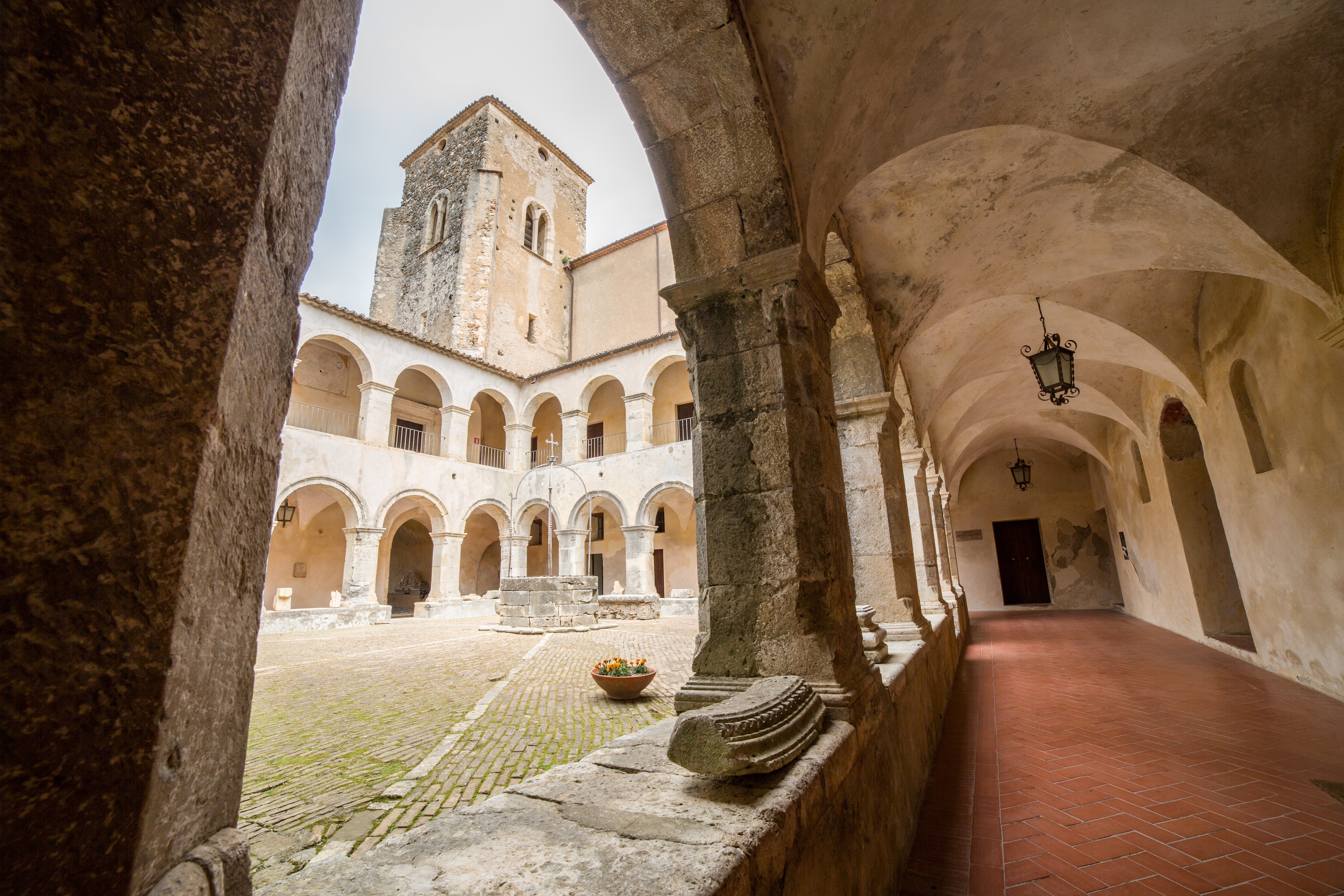
https://calabriastraordinaria.it/en/news/in-the-footsteps-of-tommaso-campanella-in-calabria
